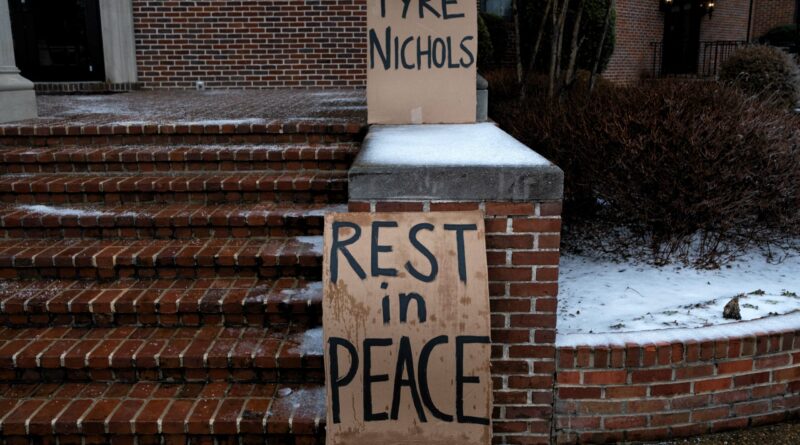Memphis Officers In Tyre Nichols’ Death Want Separate Trials
For their involvement in the beating and death of Tyre Nichols, 3 Memphis officers’ requests to have separate trials will now be heard before a judge. The hearing for the unfortunate Memphis incident has been set for Sept. 15.
If granted, Tadarrius Bean, Desmond Mills and Justin Smith will face Judge James Jones Jr. in their distinct trials as they deal with the multiple charges, including for second-degree murder. As confirmed by ABC News, all three former officers, alongside the other two who were not involved with the motion, have pleaded not guilty.
All five law enforcement officials were fired for their gross mishandling of Tyre Nichols, after pulling him over on Jan. 7 for a traffic violation that led to him being beaten to death. The situation, caught on video, showed the officers relentlessly punching and kicking Nichols as he cried out for his mother. Upon ceasing the assault, video footage also revealed the officers taking pictures of Nichols and his battered body.
The 29-year-old Black man succumbed to his injuries, dying at the local hospital a few days later.
Fired Officer Mills claims that a separate trial is critical, as he was not present at the traffic stop where the beating initially started. According to his attorney, following through with the original plans for a joint trial will have him on the stand for crimes he was not a part of.
However, the Deputy District Attorney over the case, Paul Hagerman, believes that separate trials are unnecessary, and will continue to push that they are all tried together.
To this day, no evidence has been released to the public on why the officers issued a traffic stop on Nichols. The shocking case gained national attention outside the state of Tennessee as the race of all parties involved showed that police brutality in the U.S. was a deeply rooted systemic issue. As all officers involved were Black, as well as their victim Nichols, his murder evoked a new revelation about how the role, or lack thereof, diverse representation plays in police interactions with minorities.

